Marburg is famous for the Brothers Grimm. Known for their epic collation of fairy tales, “The Brothers Grimm”, their journey is more elaborate than the story of Snow White.
Born around 1785, the brothers were plunged into poverty when their father died in 1796. It is suggested the experience of poverty deeply affected them. Whether that informed the darkness that was portrayed in their books, or perhaps a drive to succeed and rectify the problems of a disjointed Germania, we may never know.
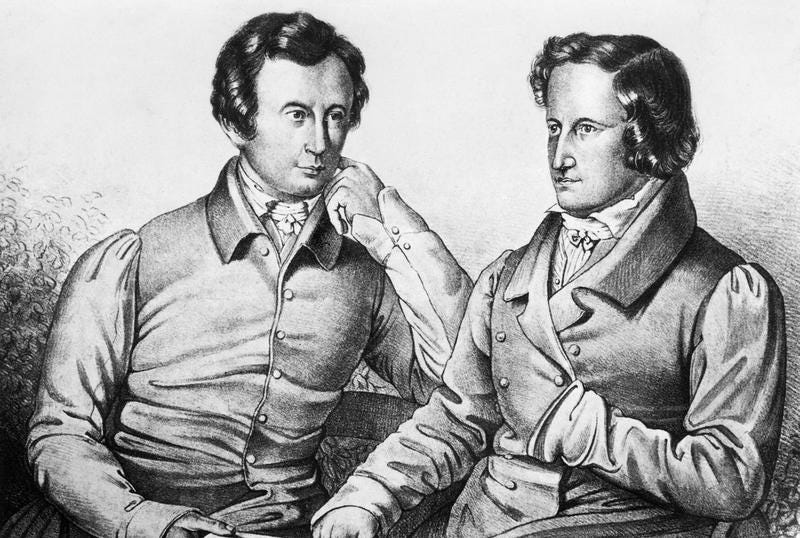
By 1805, the brothers had enrolled in legal studies at the University of Marburg. At the University they discovered a passion for German folklore. Perhaps the reason why Prussia turned Marburg into its administrative center is that the University was a treasure trove of historical documentation on past events, tales, folklore and other curiosities of German history.
It appears the brothers Grimm also found this information useful, and decided to write over 200 “fairy tales” , revealing the information they had discovered.
Fairy-tale Anon:
Back in the day, free thinkers in Europe were a danger to the autocratic rule of the king. Germany, and in-particular Prussia, was no exception. In fact, Prussia treated dissenters very severely, including its future kings, as Frederick the Great knew all too well.
The brothers’ Grimm were known as political activists. Later in their lives they had a vision that Germany needed to be united under a constitution, rather than by segregated principalities. This opinion led to their dismissal from the University of Gottingen, as it was considered an act of political radicalism.
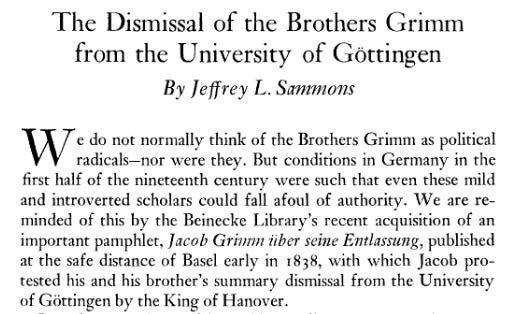
Source: https://www.jstor.org/stable/40858602
Where is this all going? The brothers had a treasure trove of historical information at their fingertips at the University of Marburg. Their book was offered as a collaboration of events, myths and legends; stories that could only come from the historical records of documented fiction. Was it fiction, or the narration of documents collected throughout the ages?
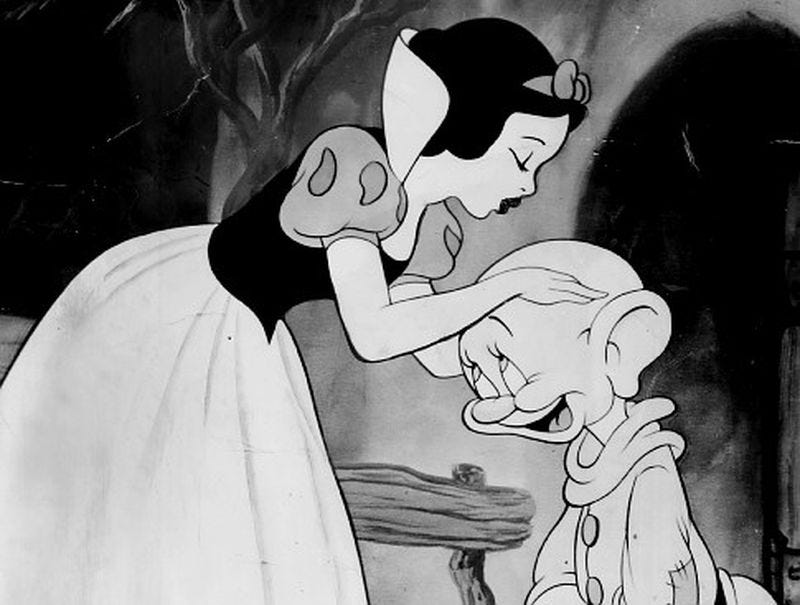
What if the brothers had stumbled upon documented events and were horrified at what they had discovered? If this were true, exposing these events to the public would seal their fate, as the ruling nobility would surely ‘have their head’ for exposing the secrets being held at Marburg.
What if the only way to get these stories out to the public was through “fairy tales”? Were they revealing horrible truths cloaked as fantasy in an attempt to bring awareness to the general public of an evil that lurked within their midst? Could “fairy tales” contain much more truth than we ever knew?
If true, in order to remain alive and get the message out to the public, the brothers Grimm would need to become 19th century Anons: They would become Fairy-tale Anon.
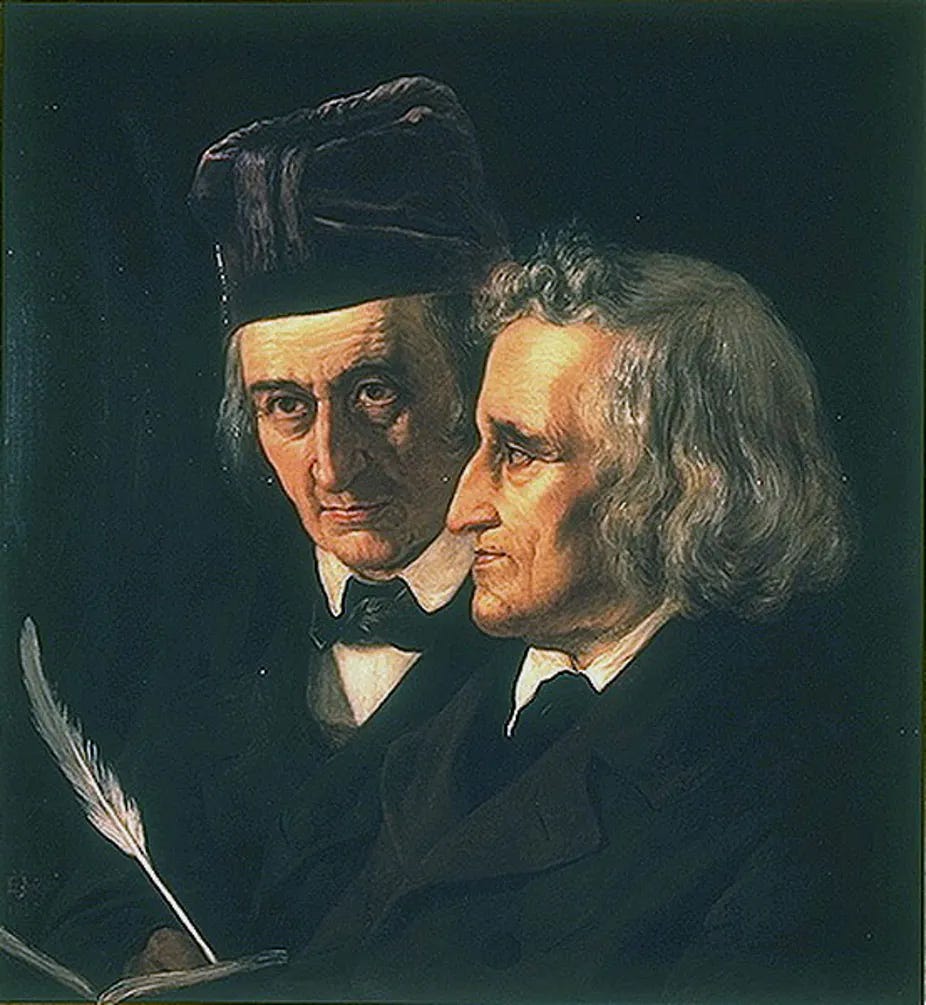
It appears the original version of The Brothers Grimm was definitely not intended for children.

Source: https://theconversation.com/reader-beware-the-nasty-new-edition-of-the-brothers-grimm-34537
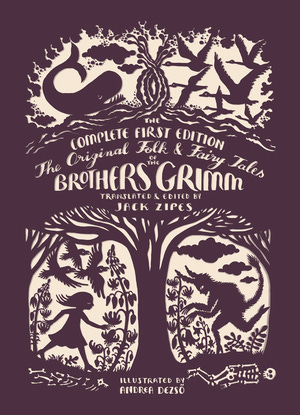
For those who dug deeper into the original Brothers Grimm, the underlying themes they were discovering, and revealing, were shocking: child abuse involving neglect; emotional, physical and sexual abuse; and cannibalism.
The original versions, as translated by Jack Zipes (https://en.wikipedia.org/wiki/Jack_Zipes ) paint a vastly different narrative, character-development and overall plot, than compared to what we know in today’s “adjusted” editions.
This is where it gets ugly:

Then there is Rapunzel:

It is theorized that the brothers believed they were acting as literary historians, rather than fictional writers. In some cases, stories were eventually cut out all-together. They were being censored.
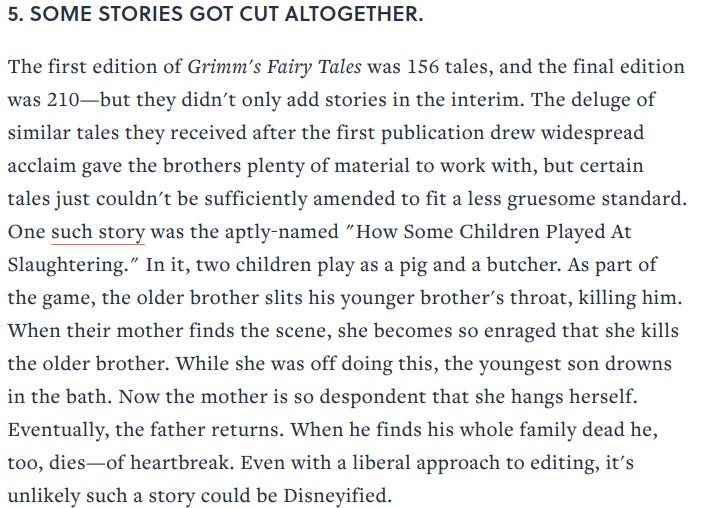
Snow White, Hansel and Gretel, Cinderella, Frog Prince and the other 200 stories written were all completely different to what we know of them today. Were they just twisted to suit our current standards, or were these movies an attempt to hide what Fairy-tale Anon tried to expose so long ago?
The Original Snow White:
Written in 1812, there are stark differences between the modern, accepted Snow White story and what was originally written. Here are some:
- There was no step mother, it was her own mom.
- She was 7, and her mom wanted the huntsman to bring back her own daughter’s organs so she could eat them.
- The huntsman brings back a boar’s lungs and liver, and the mother – believing it is her daughter’s – boils them in salt and eats them.
- The dwarves have no names, just personalities, which is symbolic of trauma and compartmentalisation.
- The evil mom comes to the dwarf’s house three times and tries to kill Snow White each time. On the third time she succeeds. The dwarves put her in a glass coffin.
- Years later, a prince (nobility) comes to the house and sees the dead girl. He falls in love with her (remember how old she was) and asks to buy the girl from the dwarves.
- As his servants carry her home, they drop the casket which causes Snow White to spit out the poison apple as she falls to the ground, and she comes alive.
- Snow White and the prince marry, inviting mom to the wedding. This is when the ending takes on a strange act of revenge.

Source: https://www.literacyworldwide.org/blog/literacy-now/2013/10/24/the-twisted-history-of-snow-white
There is no concrete evidence that the Brothers Grimm were trying to warn the world of a network of ritual child abuse and cannibalism. However, we are dealing with an invisible enemy!
In yet another crazy coincidence, we learn that notorious pedophile, Jeffrey Epstein, and his friends had a weird association with Snow White in their communiques.

An even stranger twist, is the elite’s obsession with red shoes. Just like Snow White’s cannibal mom, are they also dancing around in red-hot slippers?

These are very strange coincidences that seem directly related to a horror story, first tabulated by the Brothers Grimm. The brothers were two men with a goal to improve the situation in the lands of Germany, in which they lived. Considering themselves to be literary historians, they decided to start digging and publicly tell the tales they were uncovering in private.
All their digging came from the relatively unknown Prussian town of Marburg.
